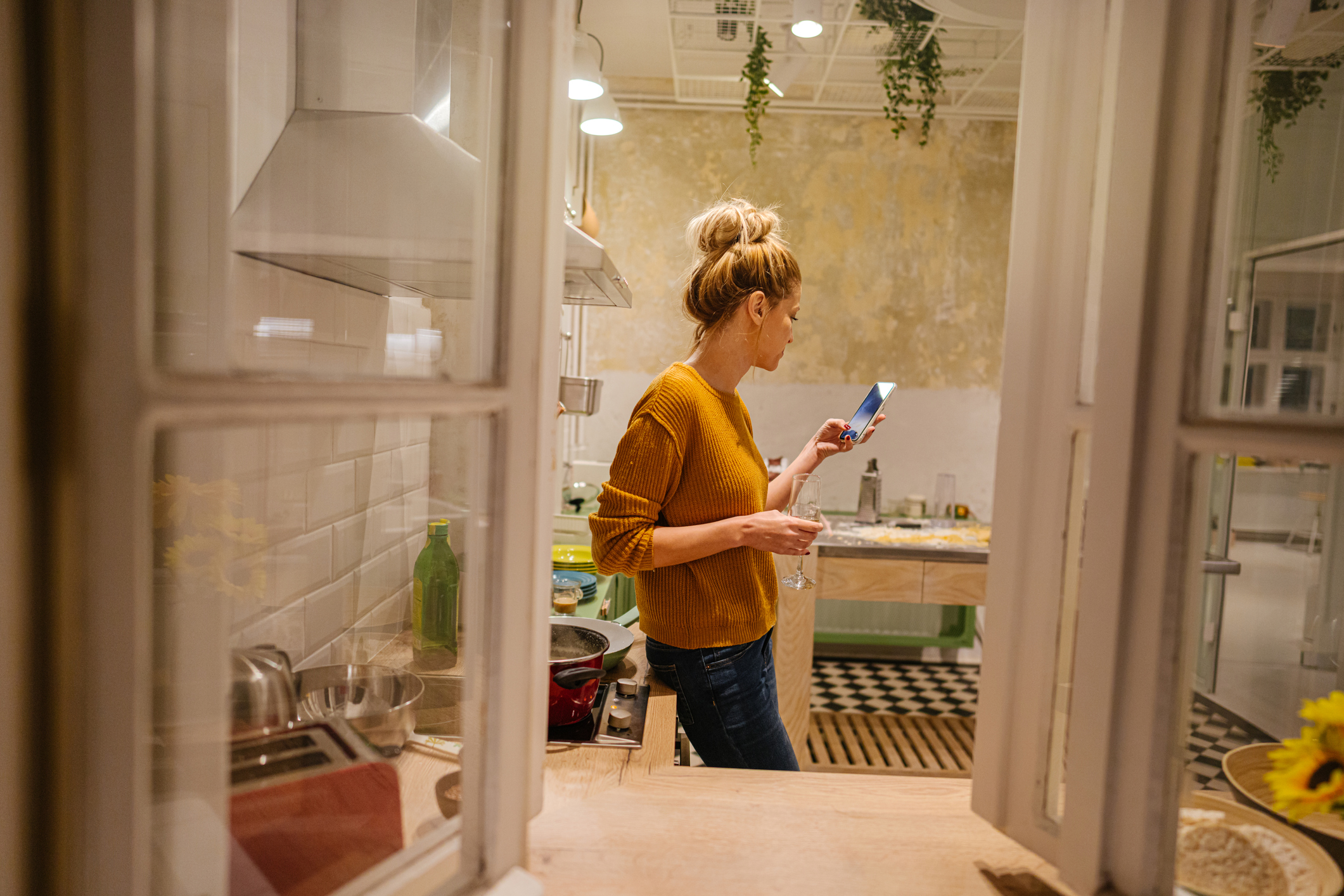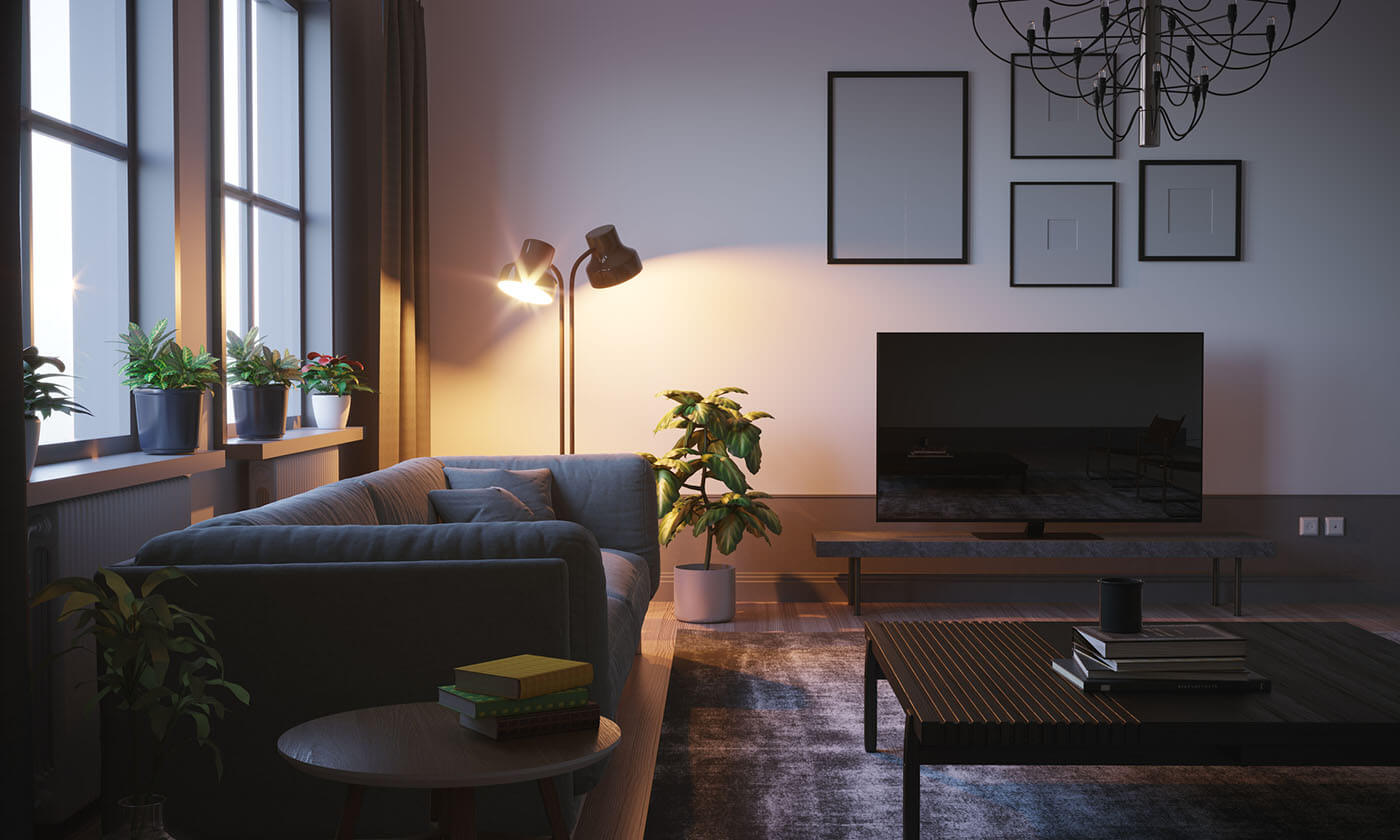Last Updated on December 21, 2021 by
When you do it right, renting out a room in your home can be a fabulous way to boost your income. However, there are many pitfalls to avoid, not least of which is knowing how much to charge to rent a room in your house.
Let’s start with a quick overview of the process of how to decide on the best rent for your room, and I’ll follow up with the detail.
How Much Should I Charge To Rent A Room In My House?
When deciding how much rent to charge for a room in your house, begin by working out:
How much do you need for the rent? This is important if you take on a renter to help with your finances.
What, if any, additional costs you’ll incur. I’ll go into these costs later in the article.

- Add your costs to how much you need, and you have a minimum acceptable rent as your starting point.
- Next, consider which room you are going to rent and what, if anything, you are going to offer the room.
- Finally, Decide on any other perks, terms, and conditions you’ll attach to the room.
Finally, review comparable rooms for rent in your area once you have all of that information. If your minimum acceptable rent is way over the average price for a comparable room, you may have to reconsider your options.
On the other hand, if your starting point is somewhere close to or below the current market rent, you can move forward.
Now, let’s get into the details of how to calculate your minimum viable rent.
Calculating The Minimum Viable Rent
The rent you charge for a room in your house should cover, at the very least, your expenses plus a proportion of your monthly housing costs.
Your Current Monthly Housing Costs
Write down how much you pay or set aside each year for:
- Mortgage
- Property taxes
- Home repairs and maintenance
- Insurance
- Utilities
- Home Owners Association fees

Add these costs together and divide them by twelve. This figure is how much you currently pay
monthly. Decide how much of this cost you want to cover by renting out a room in your house.
Next, consider any additional costs.
Potential Additional Costs Of Renting A Room In Your House
The costs of renting out a room in your house are split into one-offs and ongoing.
One-off costs can include:
- Making repairs or redecorating the room or shared areas of the house. This should include anything that poses a potential safety hazard to a tenant, such as a loose carpet on the stairs.
- Buying furniture or accessories such as light fixtures, a bathroom cabinet, etc.
- Installing items such as keyed deadbolts on the room for rent or other home areas you do not want your renter accessing.
- Bringing your home in line with regulations. This includes installing smoke alarms and may include fire extinguishers and more.
Assume you will want to recover these costs in your first year, so add them all together and divide by 12.
Then you have ongoing costs:
- Potential increases in home insurance.
- Higher utility costs.
- More frequent repairs and maintenance.
- Income tax – yes, the rent on a room, minus your costs, counts as income.
Once you have this information add:
- The proportion of your current monthly costs you want to cover with the rent.
- Your one-off costs.
- All ongoing costs.
This amount is the minimum monthly rent you should charge for your room.

Decide What Your Rental Includes (or not).
Before looking at comparable rents, you need to establish exactly what your rental will include and any terms and conditions you may have.
The Room
You may have already decided which room to rent out. If not, consider these points:
- Rooms with a private bathroom are more valuable than those with shared ones. So, if you have a master bedroom with an en-suite, and you want to make as much as possible, consider renting this room.
- Is one room more appealing than the others? Maybe there is a better view from one window, or perhaps one room has larger square footage.
- Will one room need a lot of work to make it rentable? If so, can you live in the room that needs work while giving another room to your renter? This will save you money on costs and allow you to charge more.
Extras, Perks, Or Discounts
Some rooms will be provided “as-is” with the use of the room and nothing else. Other homeowners offer extras such as homecooked meals, use of the garden, or a discount for pet sitting.
In addition, ask yourself if your home is close to shops, restaurants, shopping, schools, or a large local employer. If so, you might be able to charge a premium.
List all of the perks and features and any discounts you could offer, as they will impact what you can charge for your room.
Terms And Conditions
Will you have any specific rules which are non-negotiable? For example:
- You are a vegan or vegetarian and will only accept other vegans or vegetarians in your home.
- Smokers are welcome – or not.
- Renters cannot have pets or pets if it’s not a particular species or size.
- Visitors are only allowed between certain hours.
These specific rules can impact the rent you can command for your room.
Review Local Listings
Bring together all of this information and put together a draft listing. This listing should put any special features or perks of renting a room in your home, front and center.
Once you have this draft ready, take a look at the local rental listings. Stick to rentals in your zip code or those very close to yours if the neighborhoods are similar.

Make a note of the rents being asked for similar rooms. It is also worth looking at rooms which are slightly better or slightly less appealing than yours. Once you see what’s available at different price points, you can consider how the quality of the rooms in the wider rental market may affect what you can charge for your room.
Setting The Rent For A Room In Your House
Now you have all of the information. You need to decide how much to charge to rent a room in your house.
Look At The Range Of Rents
Please list the rents being asked for similar rooms and arrange them from lowest to highest.
Now ask yourself – is my minimum viable rent less than the highest rent in this range? If it is, you can move on to the next step. If not, consider anything you can do to make the room worth more.
Decide How Soon You Want A Renter
If you want a renter sooner rather than later, set your rent above the minimum amount you need but at the lower end of the current rental range.
On the other hand, if you are in no hurry and would like to earn as much as possible from your room, you can set your rent towards the higher end.
However, consider this:
If you set your rent at the higher end of the average, and it takes a few months to find a tenant, you may end up making less money in the long run. For example:
- Homeowner number one decides to charge $300 per month for their room. This is at the lowest end of the average rent range. They get a tenant in the first week of advertising. One year from the homeowner’s first advertisement, the tenant has paid $3,600 in rent.
- Homeowner number two charges $400 per month for their room. This is at the top of the average rent range. Because there are many rooms for rent on the market, it is four months before they find a suitable renter. One year from their first advertisement, the tenant has paid $3,200 in rent.
Set Your Rent
Now you have all of the information to set your rent. To recap:
- Calculate your current annual housing costs.
- Work out how much it will cost to prepare your room for rent.
- Add any new, ongoing costs.
- Decide what you will provide with the room.
- List any special features.
- Review the local rental market.
- Establish the range of rents for similar rentals.
- Decide how soon you want a renter.
Next Steps
Once you know how much you will be charging for rent, it’s time to take the next steps.
Before you post your rental ad, draw up a draft rental agreement. Then, when you interview potential tenants, you can review the agreement with them. Doing so will help you rule out any unsuitable tenants or iron out any minor problems with anyone about whom you are on the fence.
Next, make a list of questions to ask potential tenants. This is necessary for three reasons:
- It will ensure you don’t forget to ask a potential tenant something important.
- You’ll minimize the risk of asking each potential tenant different questions and, consequently, contravening human rights legislation.
- The answers can help you decide which person will make the most appropriate tenant. They can also give you the option to tweak the rental agreement to accommodate your tenant or add clauses to provide you with extra security.
Final Thoughts
As long as you do it right, renting a room in your house can be a way to increase your income with relatively little effort. However, it’s crucial to take the time to work out your costs and ensure they are covered by the rent you can realistically charge for your room.






